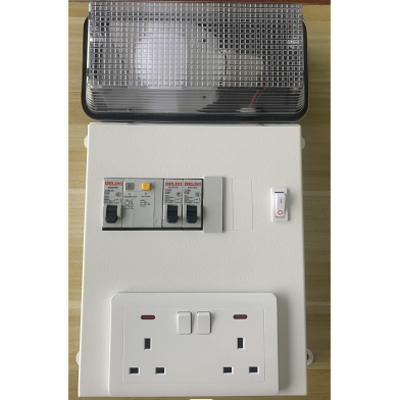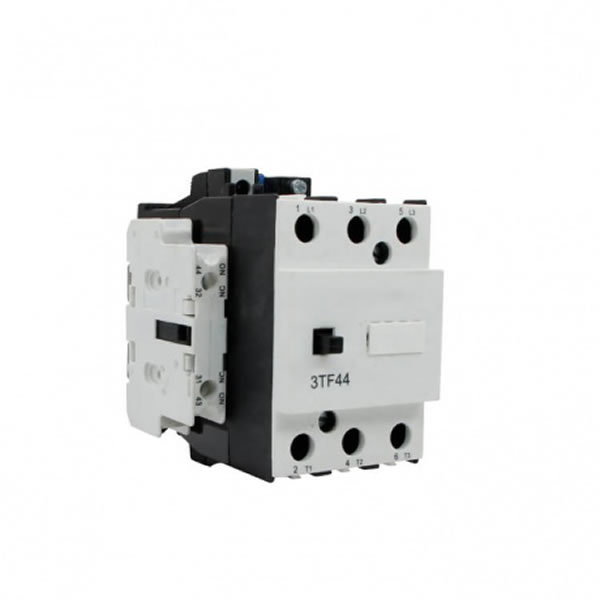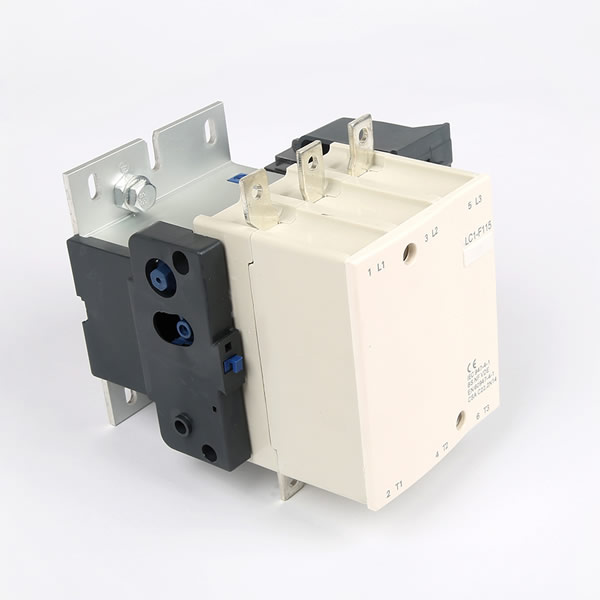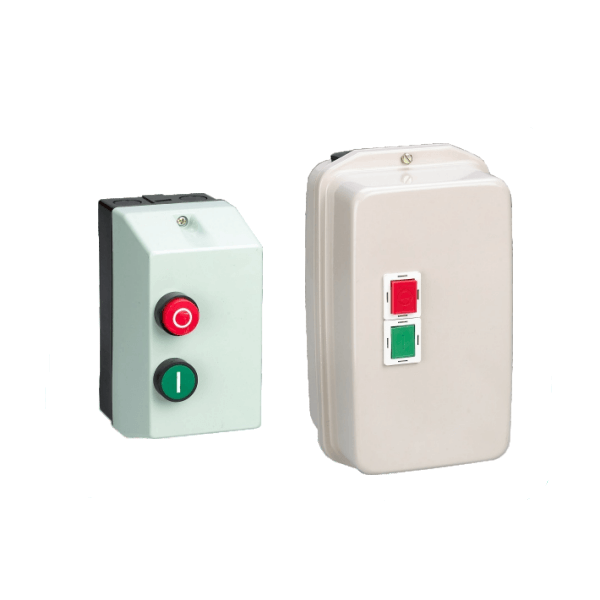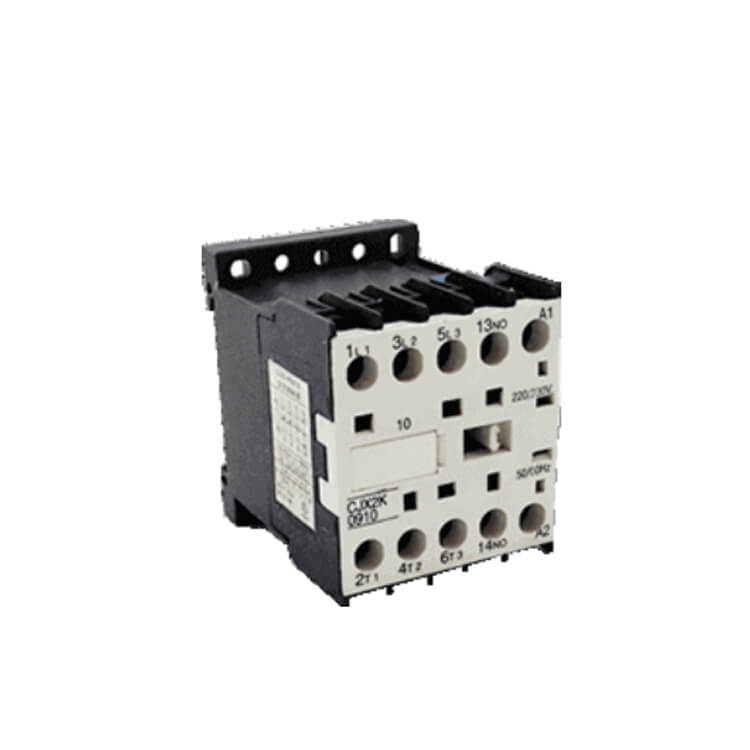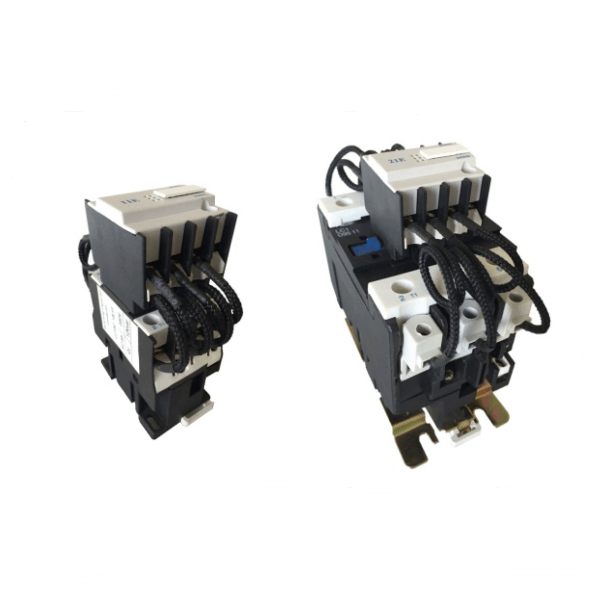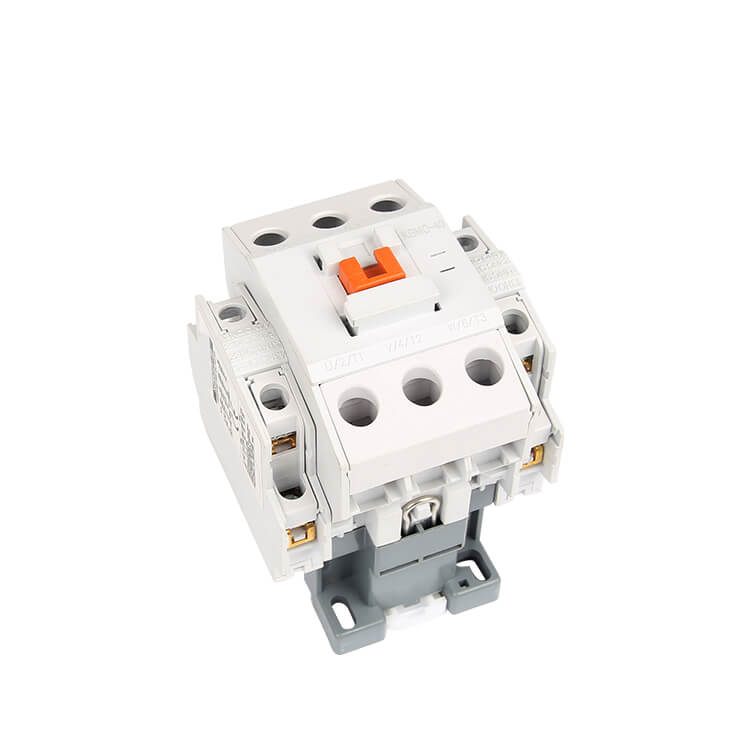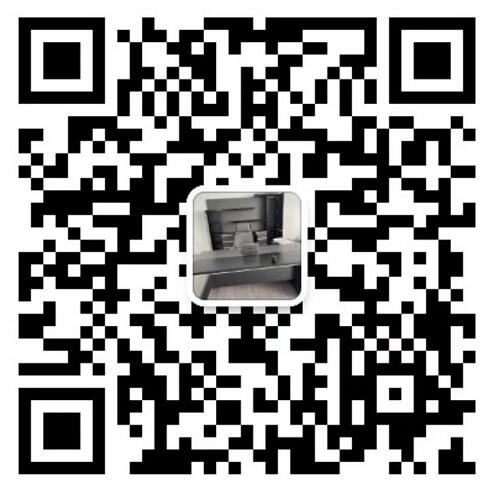How does the small power distribution unit distribute power?
Small power distribution units are an important part of the power system and are used to distribute power from the main power supply to various electrical equipment or circuits. The following are the basic principles of how power small power distribution units distribute power:
Power supply: Typically, the power supply is power from the electric utility company, fed into the small power distribution unit through the main circuit breaker or main switch. The main circuit breaker is used to control the entire power supply and can be manually switched to cut off or restore power.
Distributing power: In the small power distribution unit, the power is distributed to different circuits or electrical equipment through branch circuit breakers or disconnectors. These circuit breakers are often divided based on purpose or load capacity of the circuit to ensure that the circuit is not overloaded.
Protection: Each circuit breaker usually has overload protection and short circuit protection. Overload protection disconnects power when the circuit load exceeds rated capacity to prevent overheating and fire. Short circuit protection is used to quickly cut off the power supply when a short circuit occurs in the circuit to prevent circuit damage and risk of electric shock.
Controls: Some electrical small power distribution units may include control switches for manual control of power on or off to circuits or equipment, as well as automatic control of equipment.
Generally speaking, the function of a small power distribution unit is to distribute electrical energy to different circuits while providing safety and protection measures to ensure the normal operation of the power system and prevent circuit overloads, short circuits and other electrical problems.
